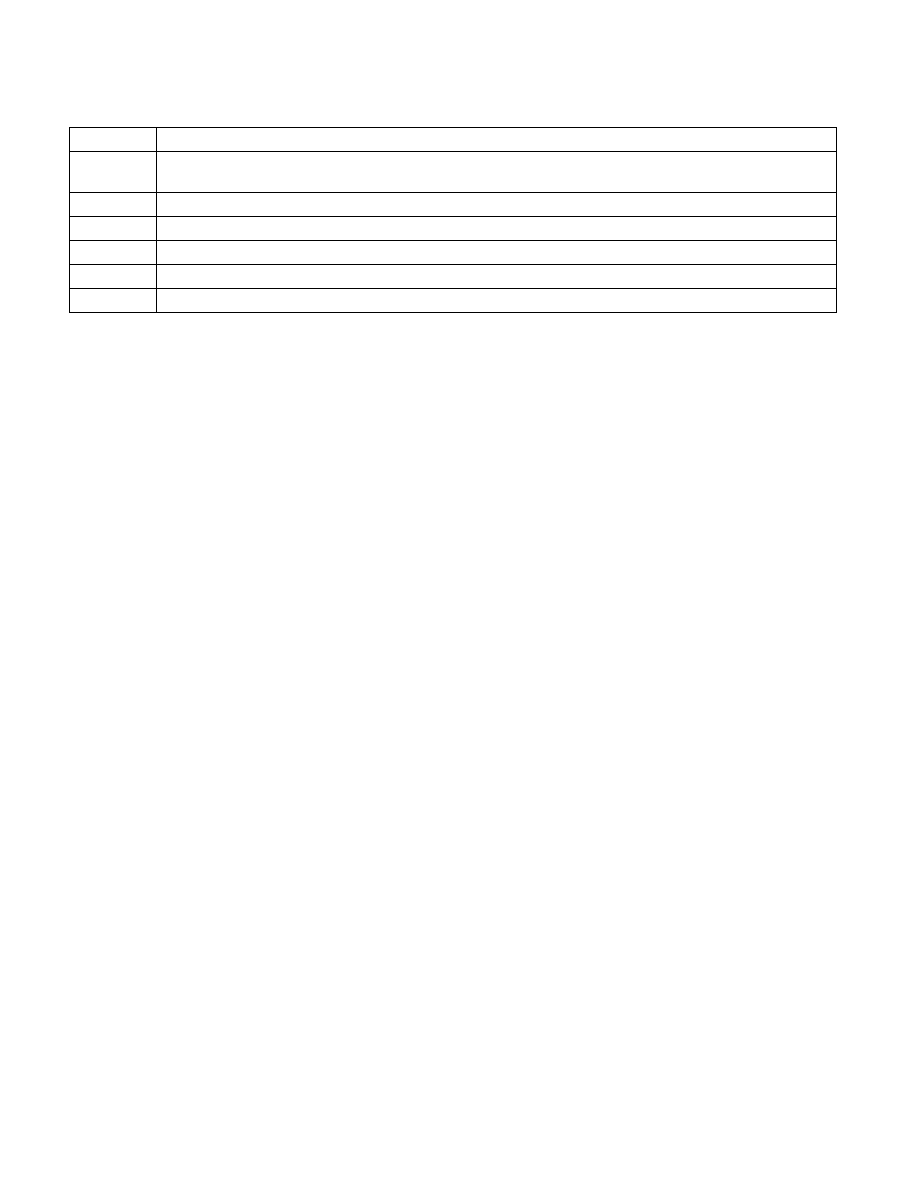
Vol. 3A 6-49
INTERRUPT AND EXCEPTION HANDLING
Exception Error Code
None.
Saved Instruction Pointer
The saved contents of CS and EIP registers point to the SSE/SSE2/SSE3 instruction that was executed when the
SIMD floating-point exception was generated. This is the faulting instruction in which the error condition was
detected.
Program State Change
A program-state change does not accompany a SIMD floating-point exception because the handling of the excep-
tion is immediate unless the particular exception is masked. The available state information is often sufficient to
allow recovery from the error and re-execution of the faulting instruction if needed.
Table 6-8. SIMD Floating-Point Exceptions Priority
Priority
Description
1 (Highest)
Invalid operation exception due to SNaN operand (or any NaN operand for maximum, minimum, or certain compare and
convert operations).
2
QNaN operand
1
.
3
Any other invalid operation exception not mentioned above or a divide-by-zero exception
2
.
4
Denormal operand exception
2
.
5
Numeric overflow and underflow exceptions possibly in conjunction with the inexact result exception
2
.
6 (Lowest)
Inexact result exception.
NOTES:
1. Though a QNaN this is not an exception, the handling of a QNaN operand has precedence over lower priority exceptions. For exam-
ple, a QNaN divided by zero results in a QNaN, not a divide-by-zero- exception.
2. If masked, then instruction execution continues, and a lower priority exception can occur as well.